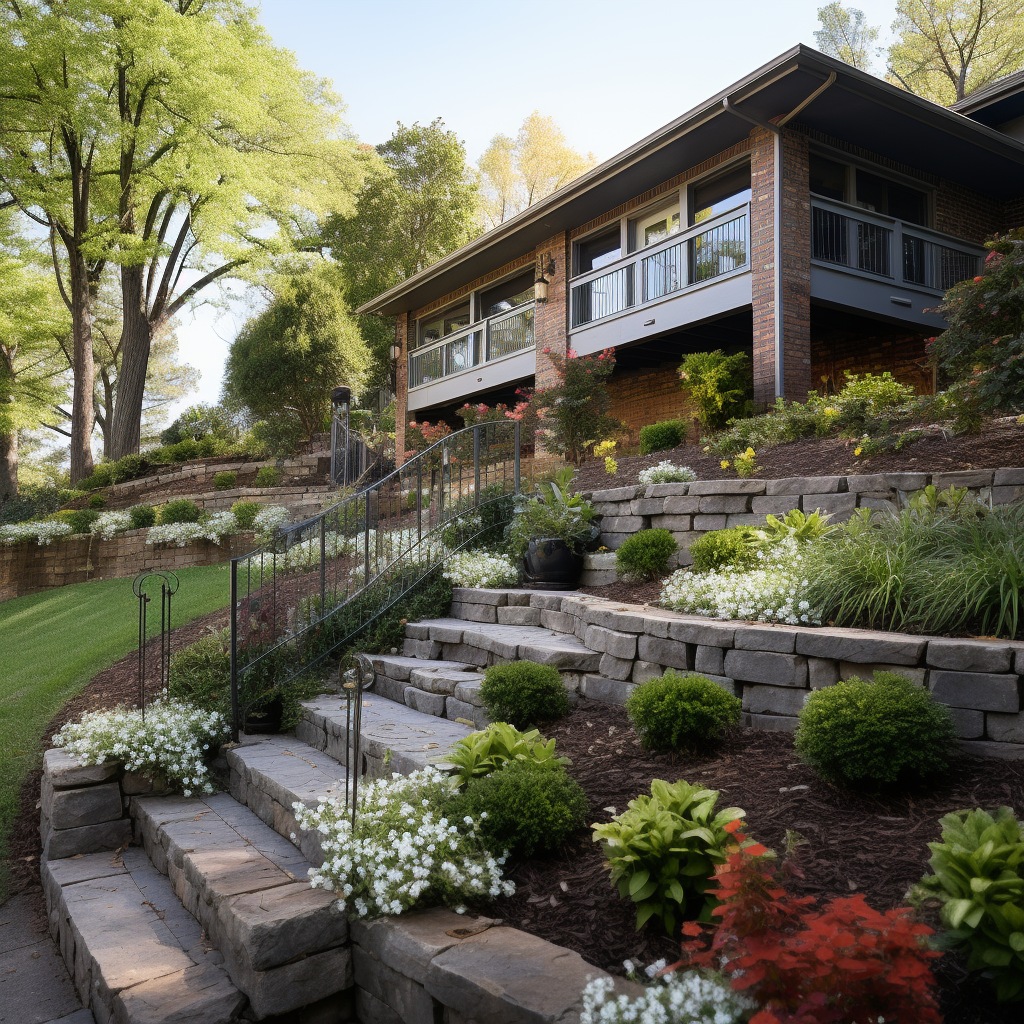Facts About Hilton Head Landscapes Revealed
Table of ContentsWhat Does Hilton Head Landscapes Mean?An Unbiased View of Hilton Head Landscapes4 Easy Facts About Hilton Head Landscapes ExplainedAbout Hilton Head Landscapes10 Simple Techniques For Hilton Head LandscapesFascination About Hilton Head LandscapesHow Hilton Head Landscapes can Save You Time, Stress, and Money.
Line creates all kinds and patterns and can be utilized in a range of methods the landscape. Line in the landscape is produced by the edge between 2 products, the synopsis or shape of a form, or a lengthy straight attribute. Lines are a powerful device for the developer due to the fact that they can be used to develop an infinite variety of shapes and forms, and they regulate activity of the eye and the body.

Lines can have several characteristics, such as those defined below, however they generally offer various objectives. Number 1. Lines in the landscape - landscapers hilton head island. The homes of lines figure out just how people respond to the landscape, both mentally and literally. Straight lines are architectural and powerful; they produce a formal character, are typically associated with a balanced design, and lead the eye straight to a centerpiece.
Hilton Head Landscapes for Beginners
Straight lines are usually located in hardscape edges and material. Bent lines develop an informal, natural, relaxed character that is associated more with nature and unbalanced balance. Rounded lines move the eye at a slower speed and add mystery to the area by developing concealed views. Vertical lines move the eye up, making a room really feel bigger.
Upright lines in the landscape consist of high, narrow plant product, such as trees, or tall frameworks, such as an arbor or a bird house on a pole. Horizontal lines relocate the eye along the ground aircraft and can make a space feel bigger. Low lines are a lot more restrained and produce a feeling of remainder or repose.
Some Ideas on Hilton Head Landscapes You Need To Know
Low lines are developed by reduced yard wall surfaces, sidewalks, and short hedges. Lines are utilized to attract types on a plan. In strategy view, they specify plant beds and hardscape areas. Lines are additionally produced by the vertical types of built functions and plant product. There are three key line kinds that produce kind in the landscape: bedlines, hardscape lines, and plant lines.
Bedlines connect plant product to your home and hardscape because the eye complies with the line, relocating the look via the landscape. Hardscape lines are created by the side of the hardscape, which delineates the built framework. Line can also be produced by lengthy and narrow products, such as a fence or wall surface.
Excitement About Hilton Head Landscapes
Type is located in both hardscape and plants, and it is generally the leading aesthetic component that spatially organizes the landscape and frequently identifies the design of the yard. The form of structures, plant beds, and garden ornaments also identifies the general type style of the yard. Formal, geometric types consist of circles, squares, and polygons.
Plants produce kind in the garden via their outlines or silhouettes, but kind can additionally be specified by a gap or adverse room in between plants - landscape design hilton head (https://giphy.com/channel/h1tnhdlndscps). Circles can be cycles, or they can be divided right into fifty percent circles or circle sections and integrated with lines to create arcs and tangents
The Ultimate Guide To Hilton Head Landscapes
Circles can also be extended into ovals and ellipses for more selection and passion. Circles are a strong layout type because the eye is always attracted to the center, which can be made use of to emphasize a prime focus or link other types. Number 2. Round forms in hardscape and lawn panels.
The square type can additionally be fractional and previously owned repeatedly to create a grid pattern. Unlike circles, squares are more powerful on the sides, which can be lined up or overlapped to create unique patterns and even more complex kinds.
Meandering lines often mimic the natural training course of rivers or streams and can be referred to as smooth lines with deeply bent wavinesses. Meandering lines (Figure 3) function well for paths, plant bedlines, and completely dry stream beds. Twisting lines can add interest and mystery to a garden by leading viewers around corners to uncover brand-new sights and areas.
Unknown Facts About Hilton Head Landscapes

Figure 5. Fragmented sides: stepping stones in path. Type is the most long-lasting quality of a plant (landscape design hilton head). https://fliphtml5.com/homepage/yoptk/stevenagonzales/. Typical plant kinds are well developed and standard, as form is one of the most constant and identifiable quality of plants. Kind can likewise be produced via the massing of plants, where the total mass produces a different type than an individual plant.
A very contrasting type should be used with careone or two job well as a focal point, but as well lots of wreak havoc. All-natural plant forms, as opposed to over-trimmed kinds, should establish the mass of the composition. The relevance of total form is essentially based on the watching perspectivethe form of a tree can show up rather different to an individual standing under the cover versus checking out the tree from a distance in an open field.
The 10-Minute Rule for Hilton Head Landscapes
Plant kinds likewise produce and define deep space or open spaces in between the plants, developing either convex or scooped types in deep spaces. High-arching tree branches normally produce a concave open room under the branches, and a round canopy with low branches fills the area to create a convex type outdoors area under the tree.
